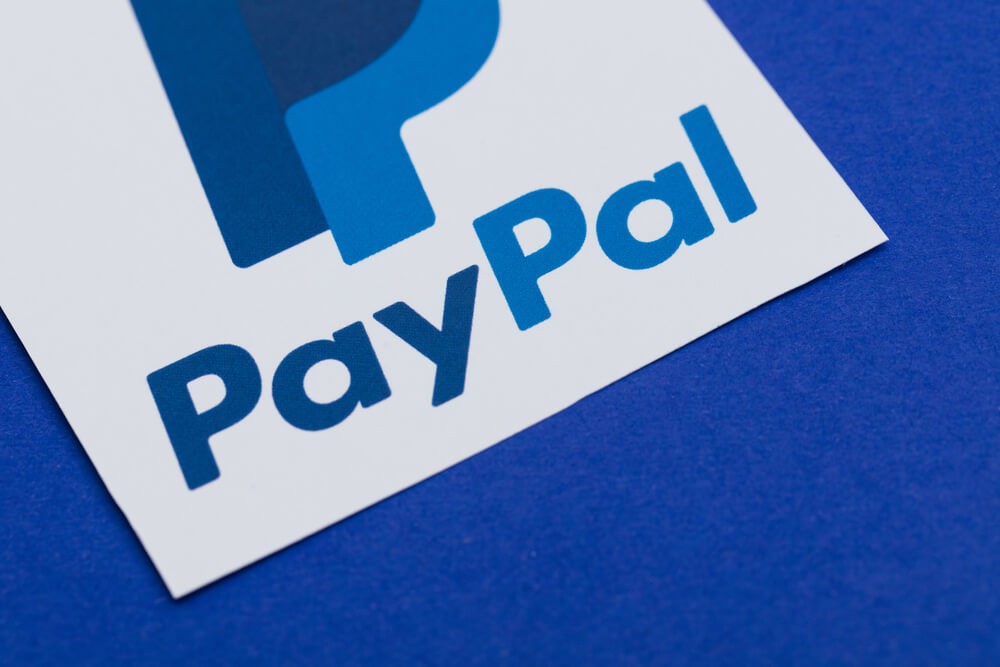Amazon, the e-commerce giant that has revolutionised online shopping, is under the spotlight for alleged price manipulation. The United States Federal Trade Commission (FTC) filed a lawsuit in September, claiming that Amazon intentionally raised prices by more than $1 billion using secret algorithms. The article delves deep into the lawsuit, exploring its impact on Amazon deals, e-commerce, and consumer landscape intricacies.
The FTC Lawsuit: Unveiling ‘Project Nessie’
The lawsuit against Amazon alleges intentional price inflation using a secret algorithm, referred to as ‘Project Nessie’ by the FTC. Amazon purportedly used this algorithm to pinpoint certain products, anticipating rival online retailers would emulate its price hikes. The company’s price manipulation reveals its market dominance, raising concerns about potential antitrust violations and emphasising its strategic position. Amazon’s purported deliberate erasure of messages heightens accusations, raising worries about transparency and accountability within the company’s operations.
Implications and Amazon’s Response
These allegations have extensive consequences, impacting market practices and potentially altering the e-commerce landscape for consumers, sellers, and competitors. Amazon’s response, stating potential repercussions such as higher prices, slower deliveries, and business harm, further complicates the narrative. The company’s concerns over consumer, seller, and Amazon subscription impacts fuel a heated debate on the FTC’s claims.
In conclusion, the intricate web of ‘Project Nessie,’ alleged intentional price manipulations and the ensuing legal battle between the FTC and Amazon raises significant concerns about fair competition, consumer rights, and the e-commerce market dynamics. The lawsuit highlights the need for stringent regulatory scrutiny and emphasises the critical balance between market dominance and consumer welfare. As the case unfolds, the revelations from the FTC suit may reshape the landscape of Amazon deals, seller forums, orders, and the company’s influence on refund policies, ultimately impacting the choices and experiences of online shoppers.











COMMENTS